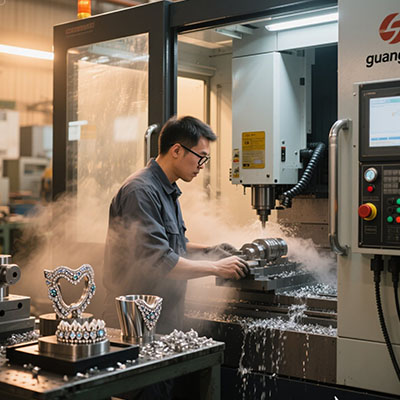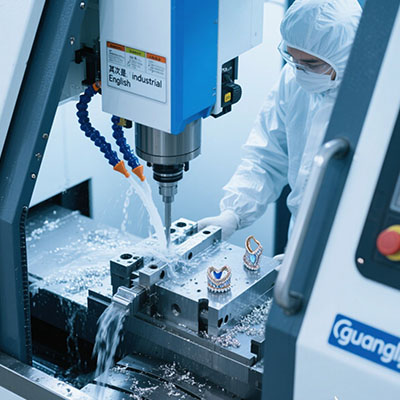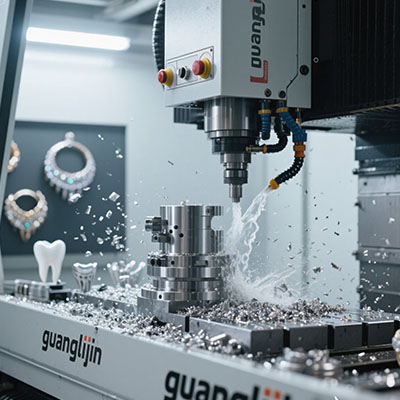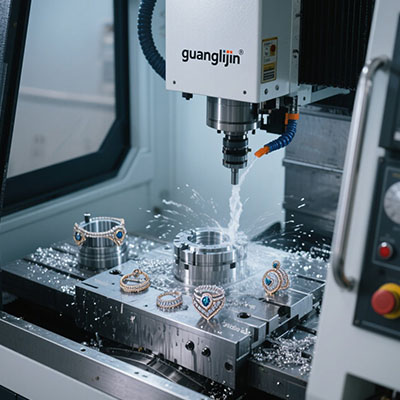How to Choose CNC Machine Specifications for Heavy-Duty Cutting?
1. Spindle Power: The Heart of Heavy Cutting
Heavy-duty machining demands serious horsepower. While 15kW spindles work for general purposes, we’ve found 22kW+ necessary for consistent high-volume metal removal. Surprisingly, torque matters more than max RPM in these applications.
Step-by-Step Spindle Evaluation:
- Identify your hardest material (usually grade 5 titanium or 4340 steel)
- Calculate required torque using chip load formulas
- Verify cooling system capacity (oil-cooled handles heavy loads better)
- Check bearing specifications (angular contact vs. ceramic hybrids)
- Test run at 80% max load for 4+ hours
2. Machine Rigidity: Where Weight Matters
You can’t cheat physics – heavy cutting requires massive structures. According to a 2024 American Machinist study, machines under 8,000kg showed 37% more vibration during heavy milling (Source: Nov 2024 issue).
| Specification | Standard Duty | Heavy Duty |
|---|---|---|
| Base Weight | 4,000-6,000kg | 8,000-12,000kg |
| Column Cross-Section | 250x250mm | 400x400mm+ |
| Vibration Damping | Passive | Active+Passive |
3. Cutting Force Capacity
This often-overlooked CNC machine specification separates real heavy-cut machines from pretenders. Look for:
- X-axis thrust > 12kN
- Way system design (box ways outperform linear rails for heavy cuts)
- Servo motor overload capacity (minimum 300%)
Fun fact: During a 2025 naval component project, we discovered our “heavy duty” machine’s actual cutting force was 18% below spec due to servo tuning issues.
4. Chip Management Systems
Heavy cutting generates ridiculous chip volumes. Surprisingly, many shops underestimate this until they’re shoveling chips manually. Essential features:
- High-volume auger systems (60+ kg/hour capacity)
- Programmable chip conveyor activation
- Coolant-through-spindle (CTS) at 70+ bar
5. Thermal Stability Under Load
When running 8+ hour production batches, thermal growth becomes your enemy. Top performers now incorporate:
- Cast iron with high nickel content (reduces thermal expansion)
- Active axis pre-load compensation
- Embedded temperature sensors in critical areas
Here’s the kicker – we measured 0.015mm positional drift during continuous steel machining until implementing active compensation.
Heavy-Duty CNC Selection Checklist:
Verified spindle continuous power rating
Physical weight matches material requirements
Cutting force tested with actual tools
Chip removal capacity validated
Thermal compensation protocols established
Frequently Asked Questions
What CNC specifications matter most for cutting hardened steel?
For hardened steel (45+ HRC), prioritize machine rigidity, low-speed torque (30+ Nm at 1,500 RPM), and advanced tool protection features. The CNC machine specifications sheet should clearly state hardened material capabilities.
How does heavy-duty CNC specification differ for aluminum vs steel?
Aluminum demands high RPM (15,000+) and rapid feed rates, while steel requires torque and rigidity. Interestingly, the same machine rarely excels at both – that’s why specialized CNC specifications exist.
What are common mistakes when reading CNC machine specification sheets?
Most buyers overlook auxiliary systems (coolant pressure, chip conveyor capacity) and real-world accuracy under load. Always request cutting test reports, not just lab specs.







